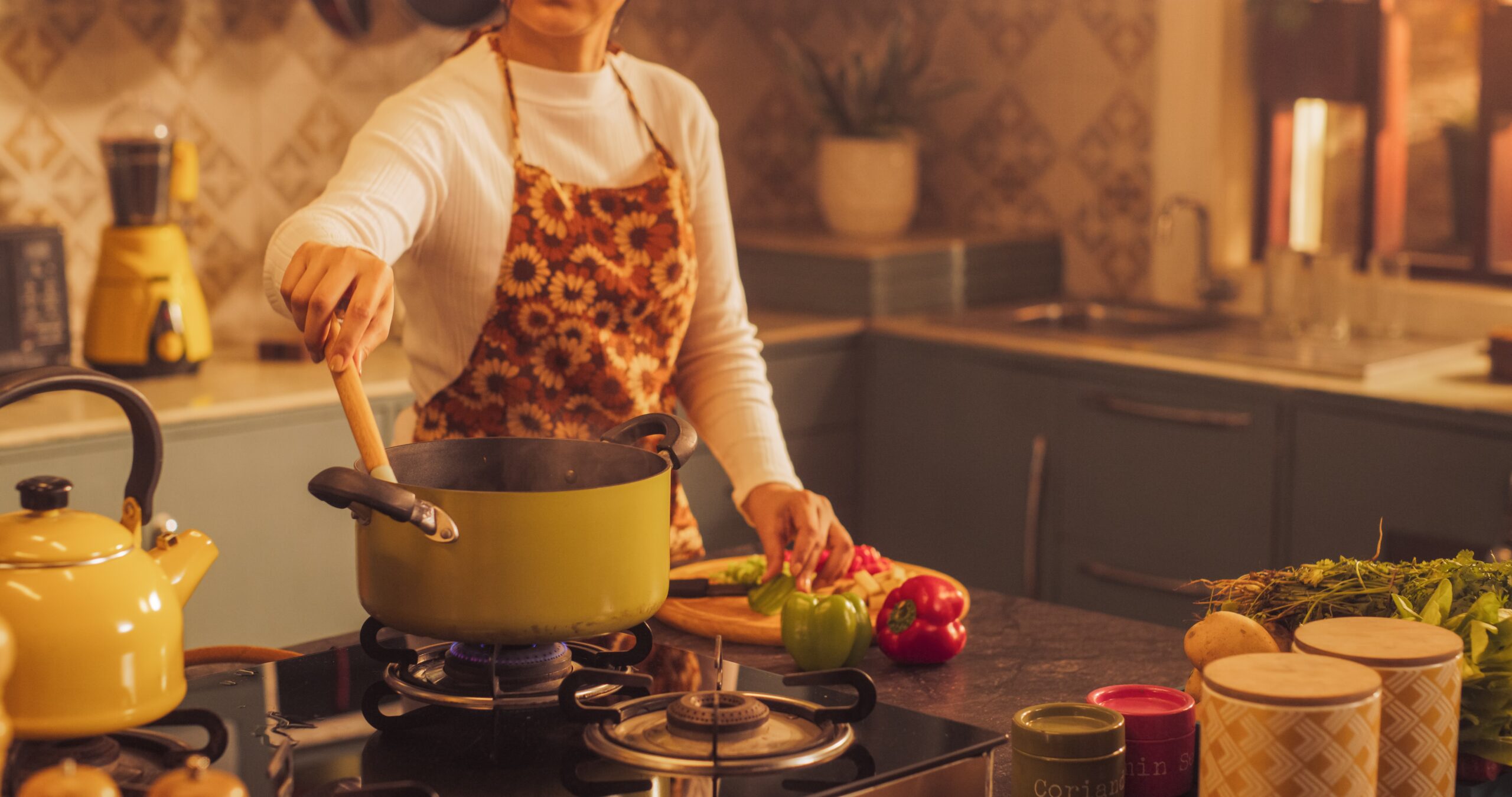Table of Contents

In our fast-paced, convenience-driven society, the siren song of restaurant fare and takeout grows ever more alluring.
But before we permanently hang up our aprons in favor of reservations and delivery apps, it's worth examining the true costs ― both personal and collective ― of outsourcing our nourishment.
The Illusion of Efficiency
Sure, grabbing a quick bite saves precious minutes otherwise lost to chopping and stirring.
But factor in travel, wait times, and post-meal cleanup, and the time trade-off becomes murkier. Batch-prepping ingredients for a week's worth of meals can rival the efficiency of even the speediest takeout run.
What's more, studies suggest we vastly underestimate the cumulative time spent procuring food outside the home. Suddenly, an hour in the kitchen feels downright leisurely compared to the piecemeal frittering of dining out.
The Mental Load of Menus
Relinquishing culinary control can feel liberating ― until analysis paralysis sets in. Endlessly scrolling through delivery options or agonizing over menu choices siphons mental energy better spent savoring our food.
Cooking empowers us to honor our intuitive appetites without the pressure of servers or social convention. Crafting a meal from scratch invites presence and intentionality all too easily diluted in dining out.
Nourishment Beyond Nutrients
Speaking of presence, the ritual of preparing food offers a sensory invitation to inhabit the moment. The sizzle of onions, the curl of steam from a bubbling pot ― these humble kitchen magic tricks anchor us squarely in the here and now.
Cooking side-by-side with loved ones or reminiscing over handed-down recipes strengthens social bonds in a way no reservation can replicate. Dining out may satisfy hunger, but a homemade meal can nourish the soul.
The Myth of Monetary Savings
At face value, a $10 takeout entree appears thriftier than a fridge full of groceries. But those one-off splurges add up quickly, often surpassing the sticker price of a homemade spread.
Factor in delivery fees, tips, and the lure of high-margin add-ons, and the true tab skyrockets.
Cooking at scale yields decidedly more bang for your bite, especially when leveraging affordable, nutrient-dense ingredients like beans, grains, and seasonal produce. With a little creativity, even modest grocery budgets can stretch further than the average restaurant price point.
Calorie Count Con
Those watching their waistlines may rely on restaurant menu calorie counts to guide their order. But close examinations have revealed that these estimates often miss the mark by quite a wide margin.
Discrepancies were even more pronounced at sit-down restaurants compared to fast-food chains. Without strict standardization of recipes, portion sizes, and cooking methods, diners are left playing a high-stakes game of nutritional roulette.
Home cooks have the power to control every ingredient, substitution, and serving size. Customizing meals to align with dietary needs or preferences becomes intuitive rather than a painstaking cross-examination of menus. In the kitchen, you're the ultimate authority on what does ― or doesn't ― end up on your plate.
The Measured Middle Path
Let's be real ― dining out holds an important place in both our social environment and culinary landscape. Trying to entirely eliminate restaurant meals is not only impractical, it denies the delights of experiencing cuisine beyond our own repertoires.
But by defaulting to home cooking for the majority of our meals, we can reap the benefits of both worlds. Perhaps we reserve dining out for occasions that emphasize pleasure and connection over mere convenience. Or maybe we challenge ourselves to recreate restaurant favorites at home, stretching our kitchen prowess.
Ultimately, reclaiming our roles as home chefs equips us to be more discerning diners. By cultivating a practice of preparing our own food, we sharpen our palates, our priorities, and our appreciation for the true costs and rewards of what we choose to consume. In the end, the most nourishing menu is one that aligns our plates with our values ― wherever we choose to pull up a chair.
